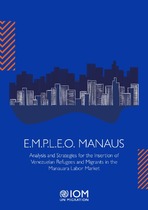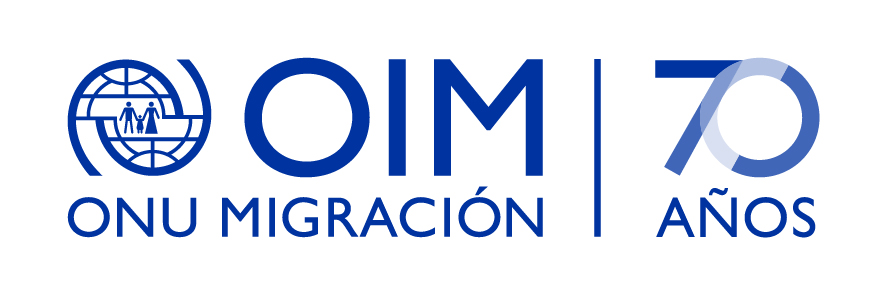E.M.P.L.E.O. Manaus Analysis and strategies for the insertion of Venezuelan refugees and migrants in the Manauara labour marke

Voir/
Auteur
Castello, Graziela
Comin, Alvaro A.
VieiraMonise Picanço, Priscila
Callil, Victor
Date
2020Metadata
Afficher la notice complèteRésumé
Though Manaus is home to just over 1 per cent of the Brazilian population, it is where roughly 7.5 per cent of all Venezuelan refugees and migrants in the country live. Of the 5 million people who left the Bolivarian Republic of Venezuela in (recent) years since 2017, about 265,000 came to Brazil to stay. Of those, approximately 20,000 reside in the Manauara capital (Manauara means the inhabitant of or something related to the city of Manaus). They are men, women and children who have escaped precarious situations in their country or left to pursue better life opportunities, having found in the capital of the State of Amazonas a place to start again.In interviews conducted for this analysis, more than 60 per cent of Venezuelan refugees and migrants living in Manaus stated that their life has improved a lot or at least slightly in recent years. However, during the exercise, it was found that 70 per cent of them are currently living in extreme poverty, according to World Bank definitions. Of the 14,000 who are part of the economically active population, just over 1,000 have a de facto formal job. Therefore, it is estimated that there are approximately 13,000 individuals either working without a formal contract, self-employed or unemployed.The situation is even more precarious among women, with 55 per cent of them declaring themselves to be in that situation, against 35 per cent of men. Among the men, the average monthly income is R$ 723.00 (app. US$ 140 ) (78% lower than that of the Manauara citizen) and, among the women, it is R$ 449.00 (app. US$ 87) (70% lower than that of the Manauara citizen).Adequate labour insertion is a fundamental condition in the process of integration of the Venezuelan population in Brazil. It is through work and income that each of these individuals will be able to provide for themselves and their families and, over time, develop their own further integration strategies.At the end of 2019, the labour market in Manaus had about 497,000 formal jobs, after having been slowly recovering since the economic crisis experienced by Brazil between 2014 and 2016. Since 2017, it has generated an average of 6,000 new jobs per year.It is not yet possible to calculate the exact impact of the COVID-19 pandemic on the Manaus labour market. It is reasonable, however, to expect a contraction in 2020. It is also reasonable to expect that, with the eventual containment of the health crisis in 2021, a second recovery cycle can begin. The latter is likely to be driven by the same sectors that have been pushing the local economy since 2017: Retail, Health, Industry, Transport and Logistics, Construction, Building Maintenance and Conservation, and some Services subsectors (such as Cleaning and Information Technology).
